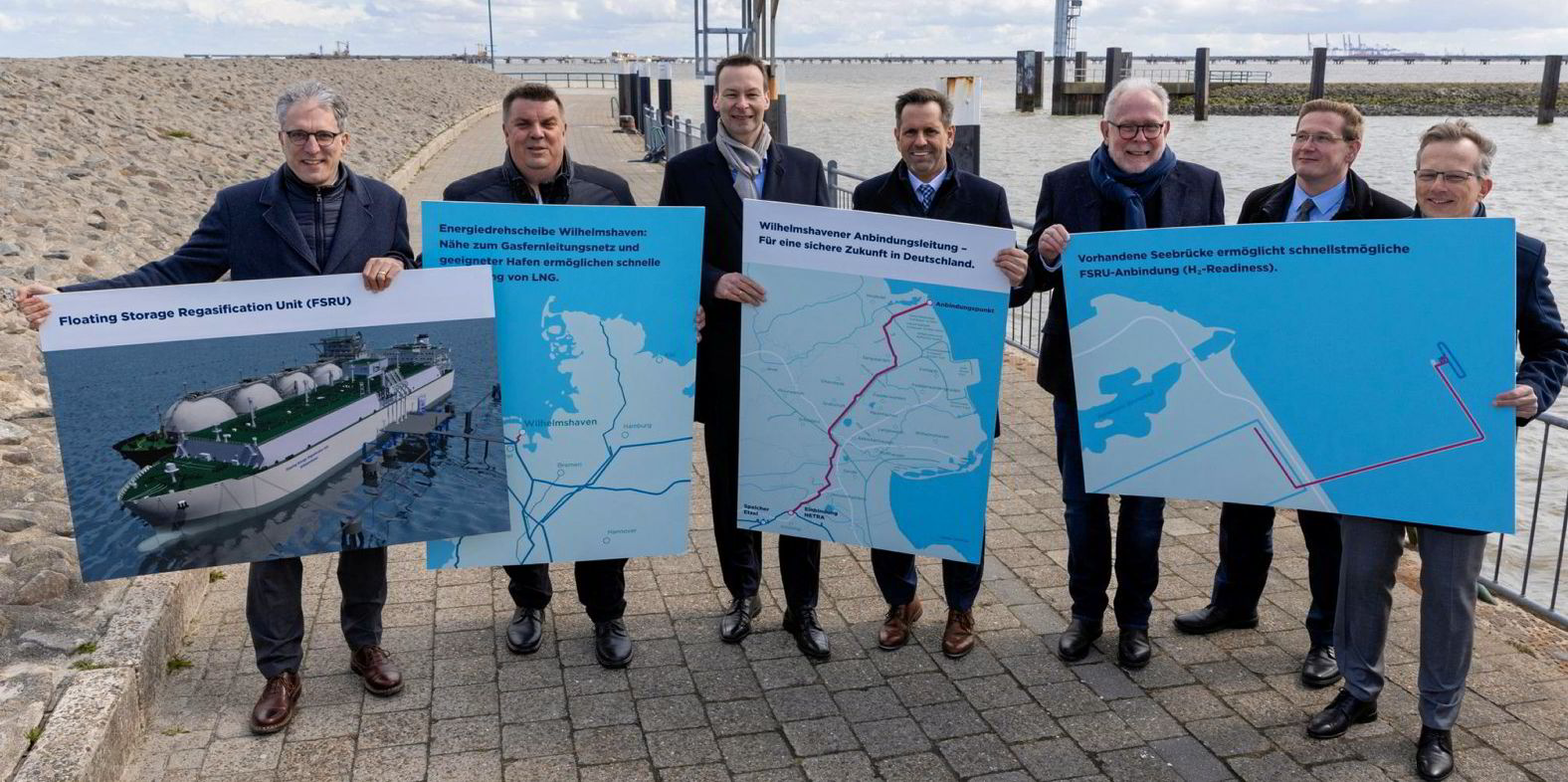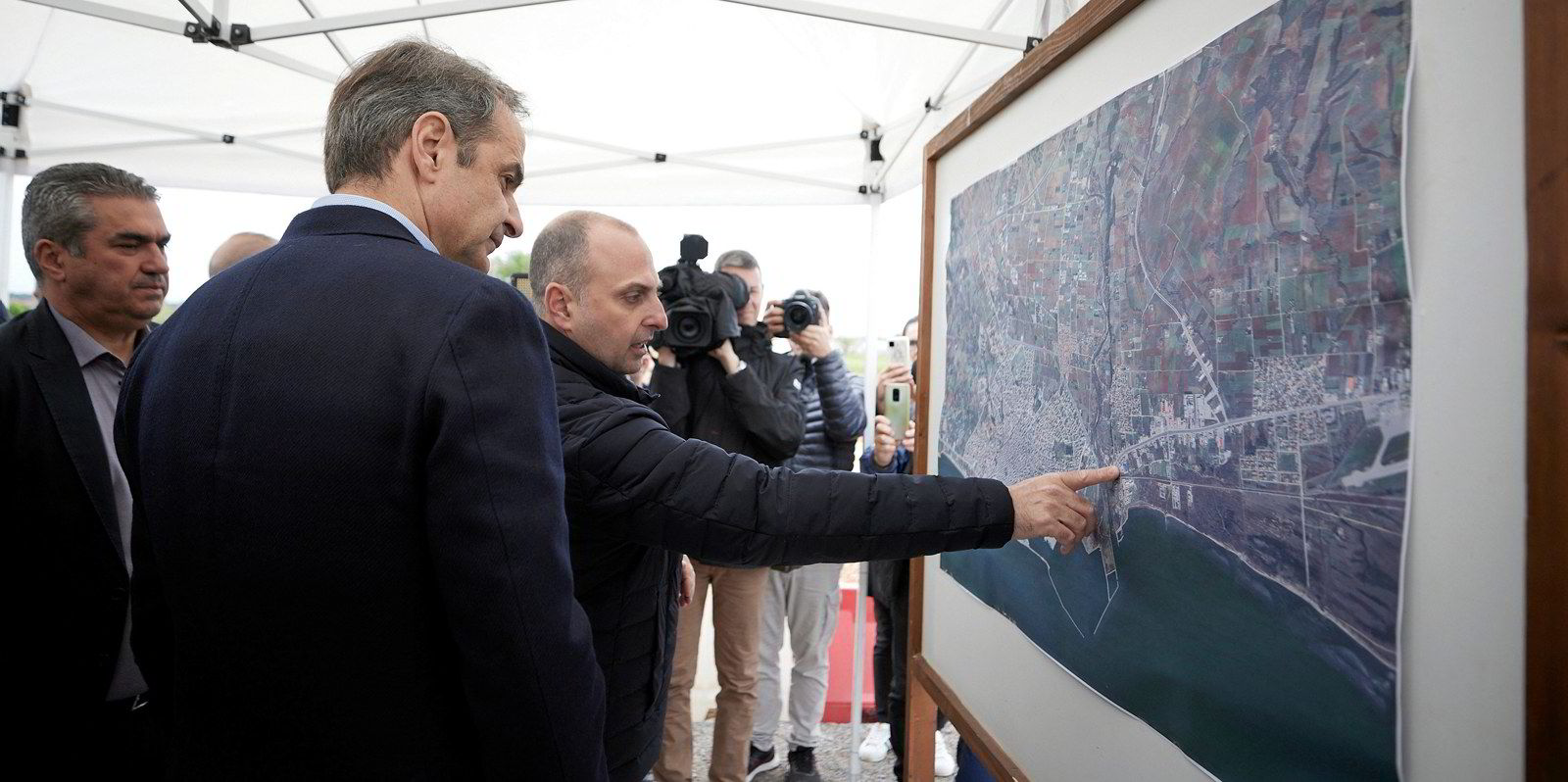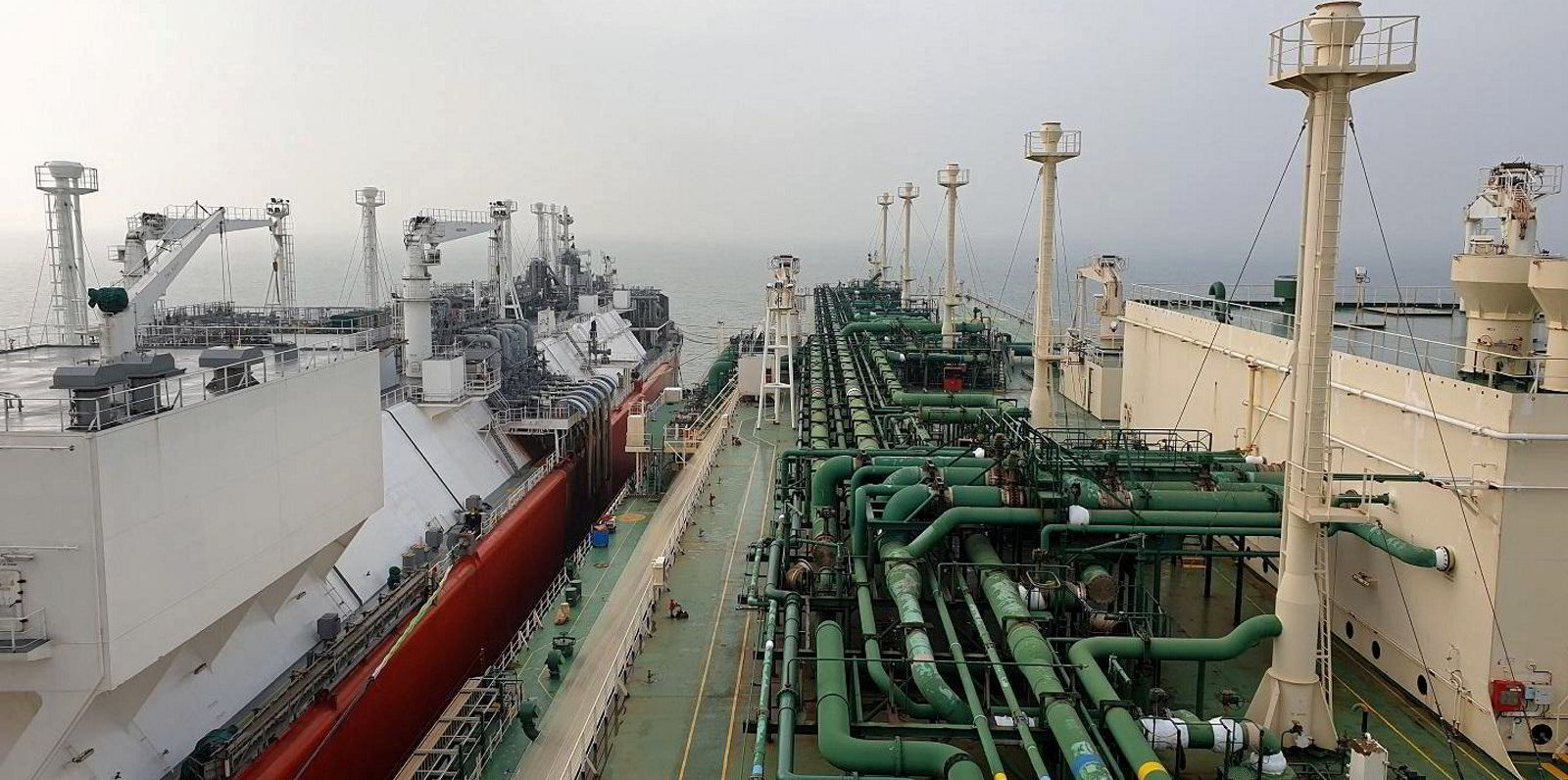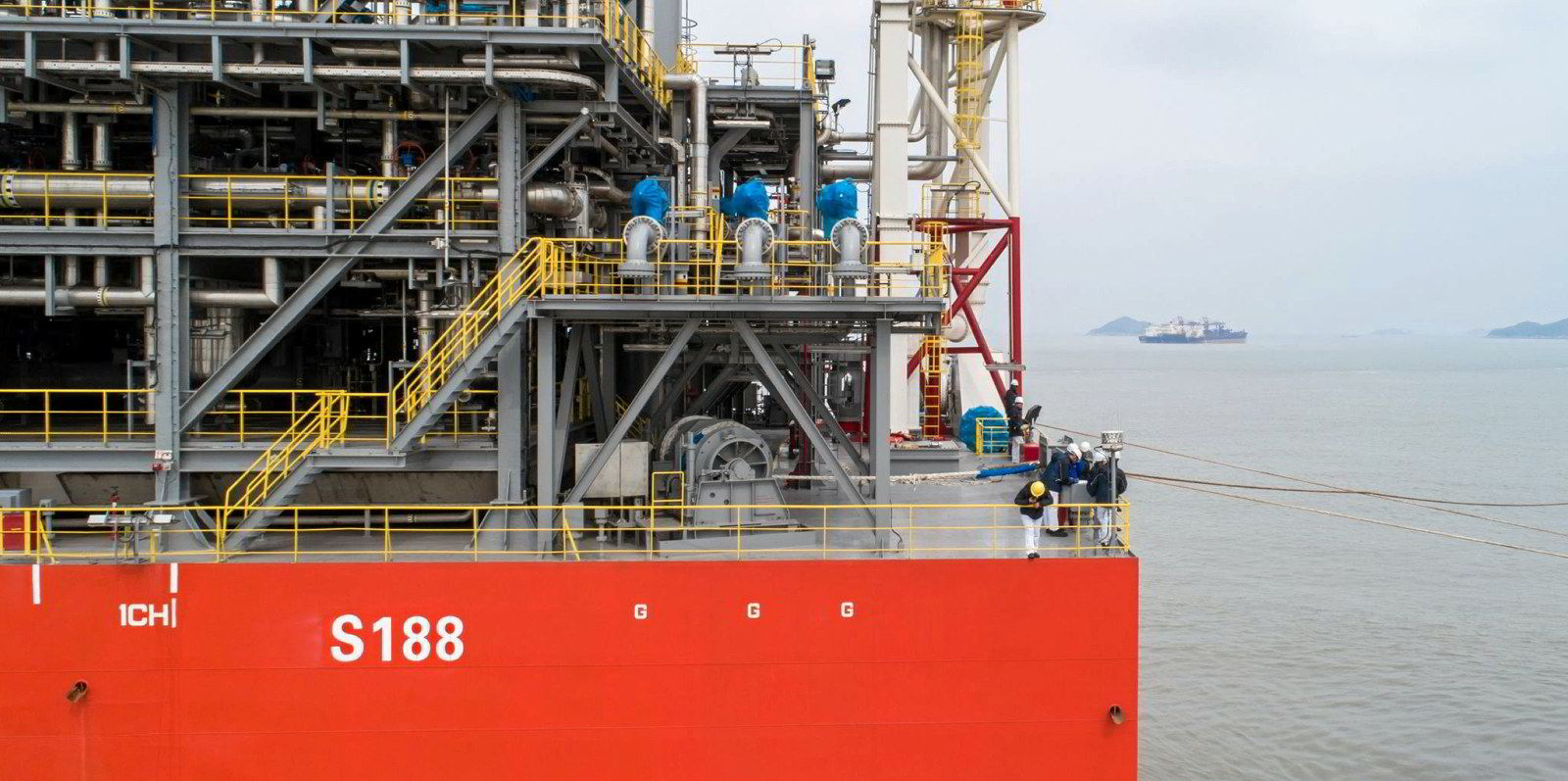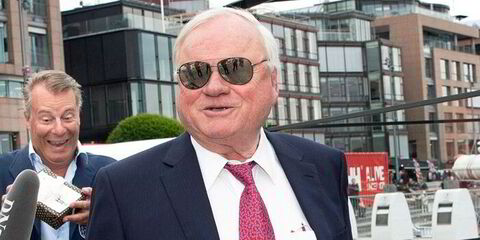In July, BW LNG sold its seven-year-old floating storage and regasification unit to Italian energy company Snam for $400m.
FSRUs — especially modern ones — rarely change hands, but the exceptionally hot price set market tongues wagging and focused further attention on a sector that had already been catapulted into the spotlight.
The demand turnaround for FSRUs has been breathtaking.
At the start of 2022, the market was long on ships, with more than one-quarter of the fleet working as trading vessels, and market sentiment was so low that the last FSRU newbuilding ordered was flipped to an LNG carrier by its owner.
Within days of the invasion of Ukraine on 24 February, floating regas units of any size or shape were being fought over as European buyers sought quick alternatives to Russian pipeline gas.
Consultants and brokers trying to follow the take-up said at least 11 FSRUs have been booked for projects in Germany, Italy, the Netherlands, France, Finland and Greece, with a further five or six projects still under discussion in some of these countries, as well as Spain, the Baltic states and Turkey.
US producer Cheniere Energy said the new import facilities booked to date will raise Europe’s regasification 50% to about 280 million tonnes per annum.
Charter rates have proved super-steamy, up from around $100,000 to $120,000 per day for ships fixed as regas units prior to 24 February and then into the level of $150,000 per day. Germany is said to be paying closer to $200,000 daily for some of the four modern units it has acquired, according to brokers.
FSRU specialists such as Hoegh LNG have already hoisted a “sold out” sign on their fleet, while the chartering status on other units remains blurry.
Newbuildings would appear largely off limits. Yards are quoting prices of $350m to $370m for a vessel — the polite version of a “go away, not interested” sign, one broker said. However, Excelerate Energy appears to be bucking that trend, announcing in August that it has pencilled in a 2026 delivery slot for a newbuilding at Hyundai Heavy Industries.
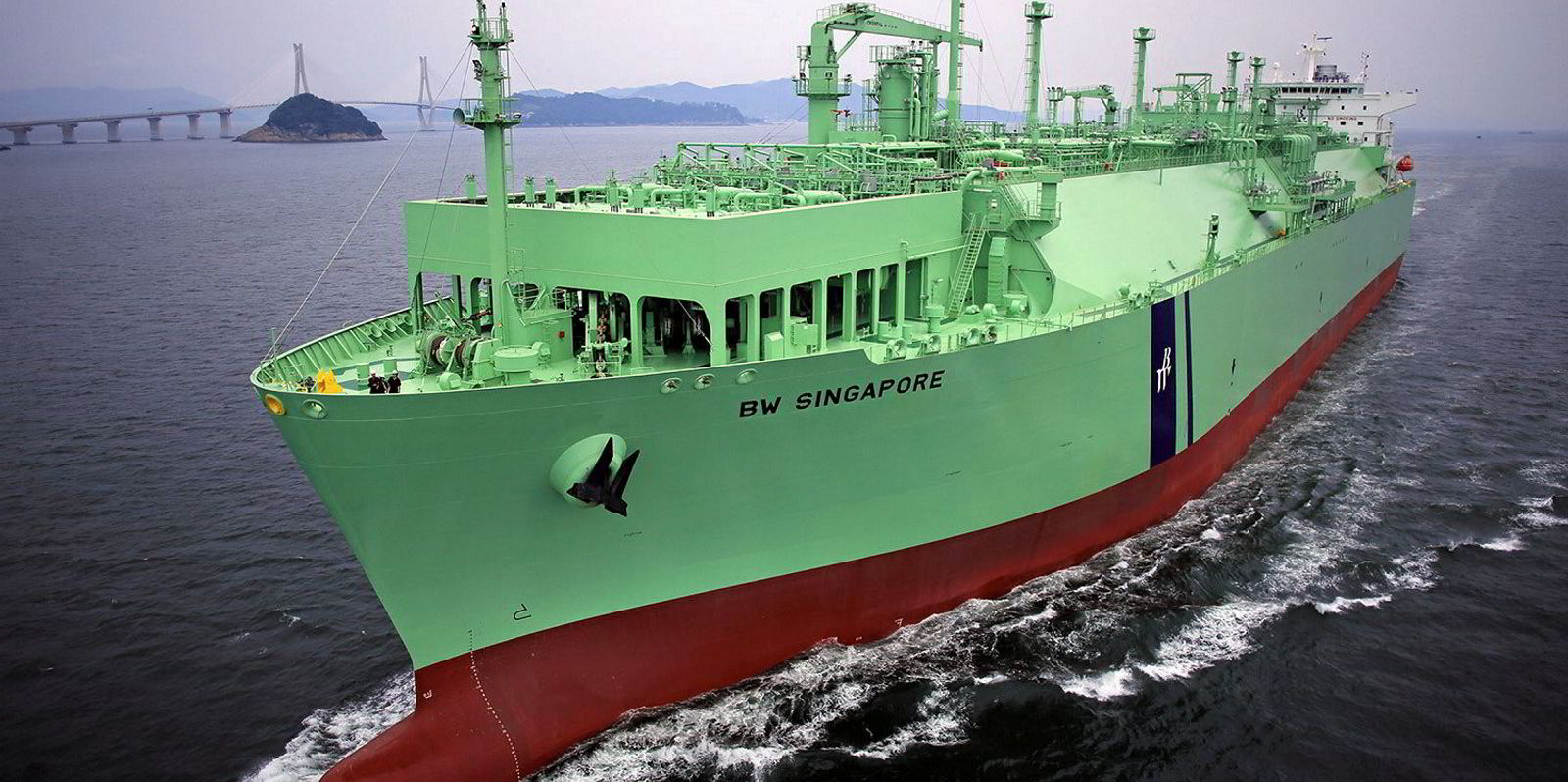
So, could there be some slack in the system that will free up FSRU capacity?
MSI LNG/LPG shipping analyst Andrew Buckland thinks there might be.
Of the 45 existing FSRUs he lists, Buckland classes seven as being underutilised or of low use, with three that are used only seasonally.
He labels a further 10 as mid-use units, with 11 in the high-use category.
“FSRUs in the Middle East and Argentina are mainly used seasonally — the Middle East summer and southern hemisphere winter — and could be made available to Europe in the winter,” he said.
“In South America, some FSRUs are only required to replace hydropower generation during droughts and can be little used for several years when the rains return.”
Others are nearing the end of their contracts.
Brokers said it is not that simple: some countries want to hang on to their regas vessel for the security and flexibility it provides, even if underutilised.
The other option for those still seeking a regas vessel is an LNG carrier-to-FSRU conversion.
Project brokers said developers will probably want a 165,000-cbm to 170,000-cbm ship. With those currently able to earn healthy spot and term rates, they will need to pay between $150m and $170m to acquire one.
Long lead items for a conversion could take 18 to 24 months.
Developers would also need to factor in that an LNG carrier may be trading for a period before conversion, one broker said.
But compared with current quotes on FSRU newbuildings and a 2027 delivery date, a conversion would probably prove the cheapest and quickest option.
A fallout of the sky-high gas prices, coupled with Europe’s rush to floating regas, is that many of the LNG import projects in other parts of the world, notably in Asia, have been killed off or delayed.
“Now the gas price has gone completely bananas, they might want to wait for greater visibility before moving ahead,” one broker said.
So, for now, the FSRU attention is likely to remain fixed on Europe, with conversions the cheapest and quickest way to add to the fleet.
But as Buckland highlighted, acquiring the FSRU is often not the most difficult aspect. Getting the location and permitting and hooking the unit up to a gas transmission network can prove more complex.
European gas buyers will be hoping everything runs smoothly for their quick start-up projects over the coming 18 months.
